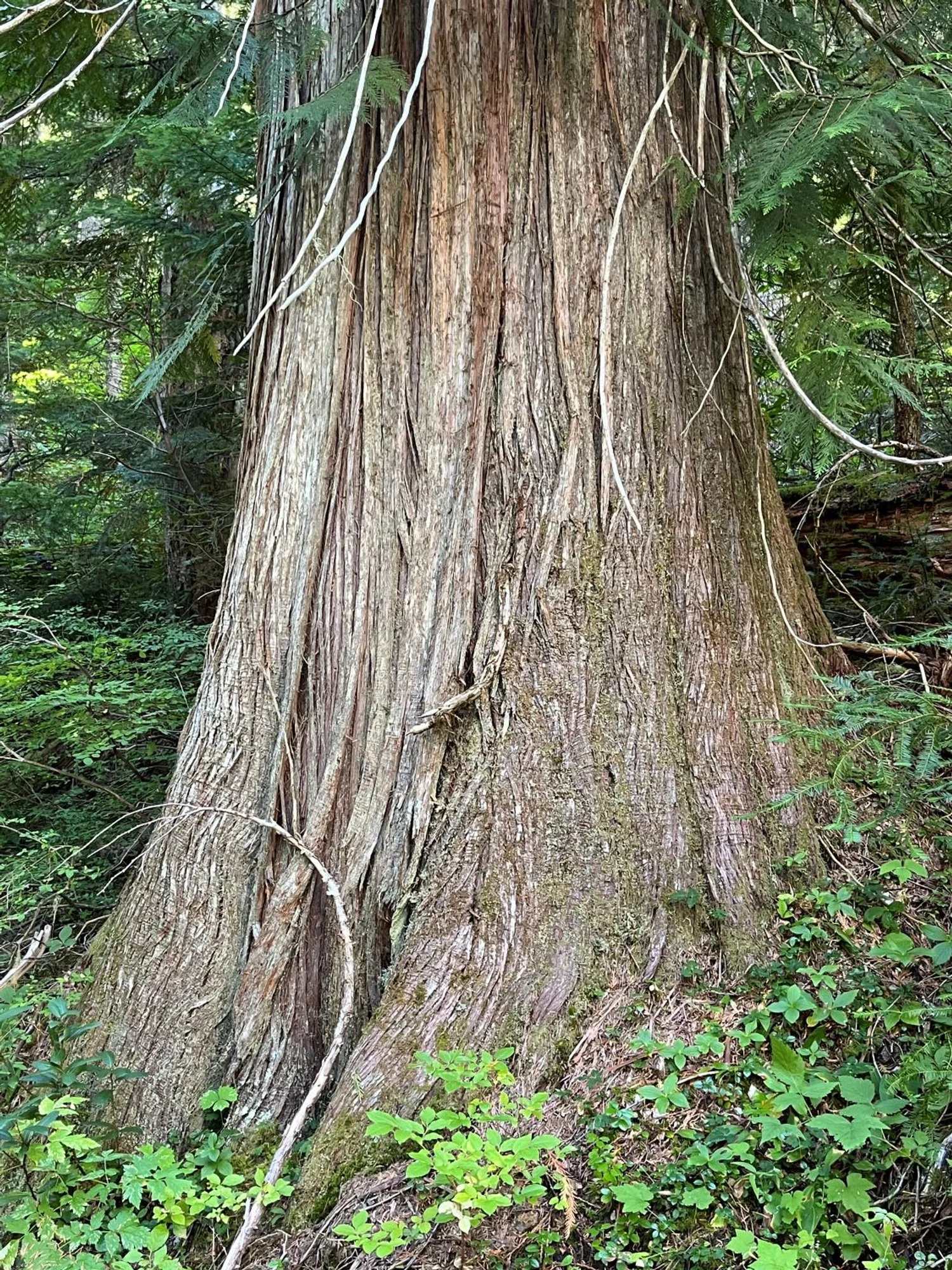
7. McQuade Creek (Chimney Peak)
Summary
Length 5 1/2 miles one way (additional 3/4 mile one way option to Chimney Peak)
Difficulty Difficult
Season Summer to autumn
Elevation range 2,440 feet – 4,330 feet (4,900 feet to Chimney Peak)
Human imprint Low (remote; older plantation in beginning)
Information Willamette National Forest (Sweet Home Ranger District)
Primary old growth features
Large patch of remote old growth; big western hemlock.
Description
The McQuade Creek Trail (3397) accesses a large area of seldom-visited old growth in the remote headwaters of Gregg Creek, an area that feels like it is part of the adjacent Middle Santiam Wilderness. Variations in the character of the old forest are evident as the trail winds in and out of more productive moist sites, and gaps in the forest canopy create more open areas. An optional side-trip to Chimney Peak affords wide-ranging views of High Cascade peaks and the Middle Santiam Wilderness.
Most of the first mile is in a rapidly regrowing older plantation. Bridgeless stream crossings of the two forks of McQuade Creek are required in the first half mile, although neither should pose a problem during the summer and fall low-flow seasons. The trail then enters a post-fire young forest on a steady, moderate grade, which continues as the trail curves around the nose of a secondary ridge and heads southeast into the Gregg Creek drainage. A few scattered fire-scorched old Douglas-fir are mixed in with the young forest.
The trail enters diverse old forest a half mile or so into the Gregg Creek watershed. The forest varies from lush and large in the moist, protected draws to sparse and shrubby on the drier, less productive side ridges. Gaps in the forest canopy formed from blowdown, pockets of root rot, and a small fire (2020) add an additional layer of complexity to the forest. Large Douglas-fir and western redcedar dominate at first, with western hemlock increasing as the trail gains elevation. The finest old forest is located in the upper reaches of the basin where stout western hemlock grace north-facing slopes.
A more challenging section of the trail begins in a shrub thicket at the head of the basin. Moist-site shrubs, including trailside Devil’s club, rapidly regrow into the trail and requires care and patience to navigate. Big western hemlock, now interspersed with Pacific silver fir and noble fir, highlight the last half mile up past the old shelter site to the ridgeline junction with the Chimney Peak Trail (3382). Hikers can return from here, or take the Chimney Peak Trail southwest up to Chimney Peak for a raven’s eye view of the High Cascades, the Western Cascades, and the industrial landscape farther west. Note that the last part of the trail up Chimney Peak requires a bit of a scramble in places.
Note: Though the trail has historically been rough and infrequently maintained, the trail was recently cleared and improved thanks to the volunteer Salamander Trail Crew of Salem.
25 years of change
Trees in the plantation and young forest are much larger now. Canopy gaps continue to form from blowdown, root rot, and a small fire (2020) that burned across the trail.
How to get there
From U.S. Highway 20 by the upper end of Foster Lake (4 miles east of Sweet Home), turn north onto the Quartzville Road and head toward Green Peter Lake. Drive well past the reservoir, staying right onto FR 11 at a fork in the road 24.7 miles from the highway. Stay left at the entrance sign for the Willamette National Forest 0.7 miles later, then turn right onto FR 1142 just under two miles from the entrance sign. The trailhead is on the left down a short, unsigned spur road about 3.8 miles from FR 11. The spur road is a bit rough, but drivable.
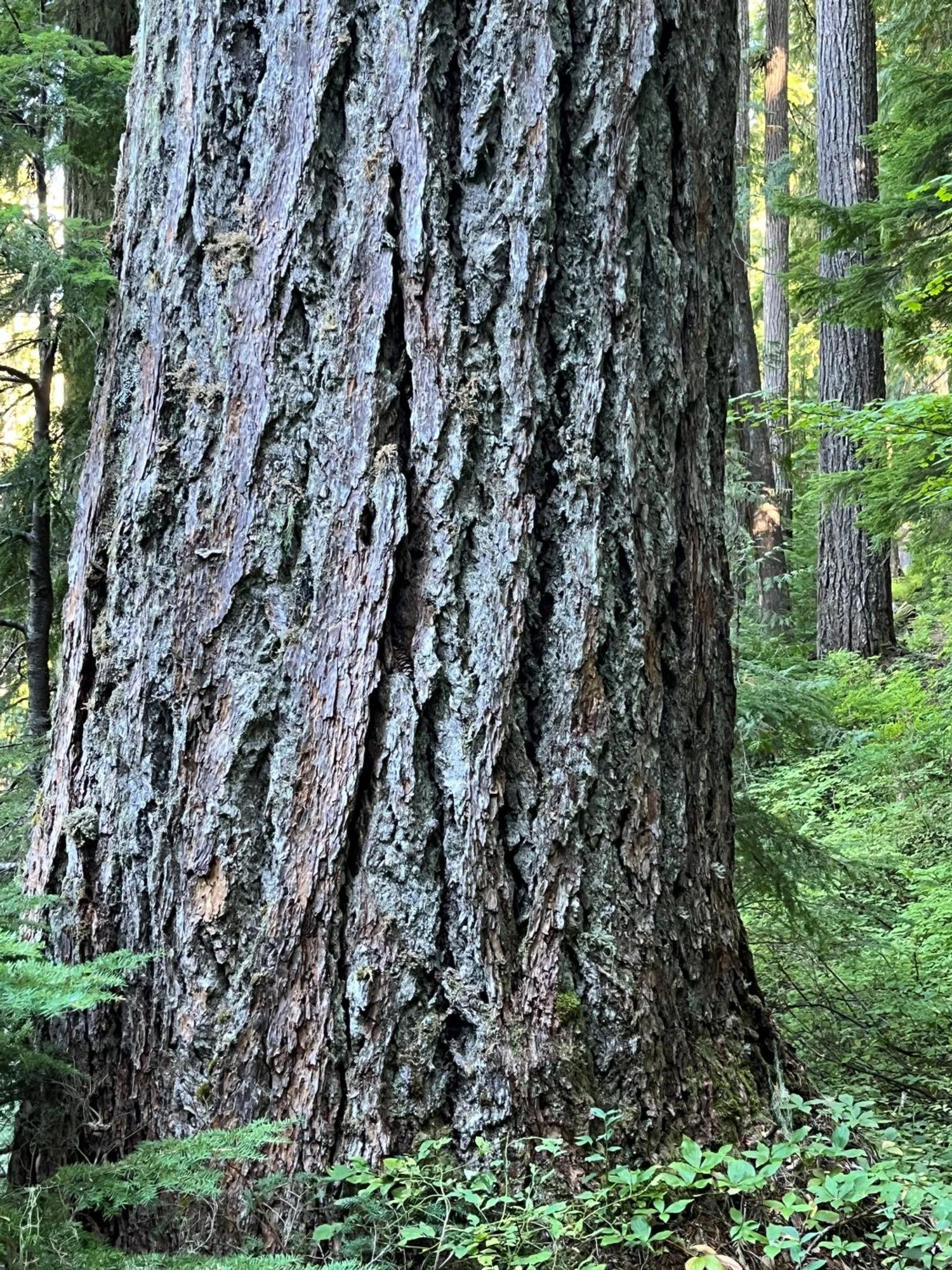
Big, fat Douglas-fir
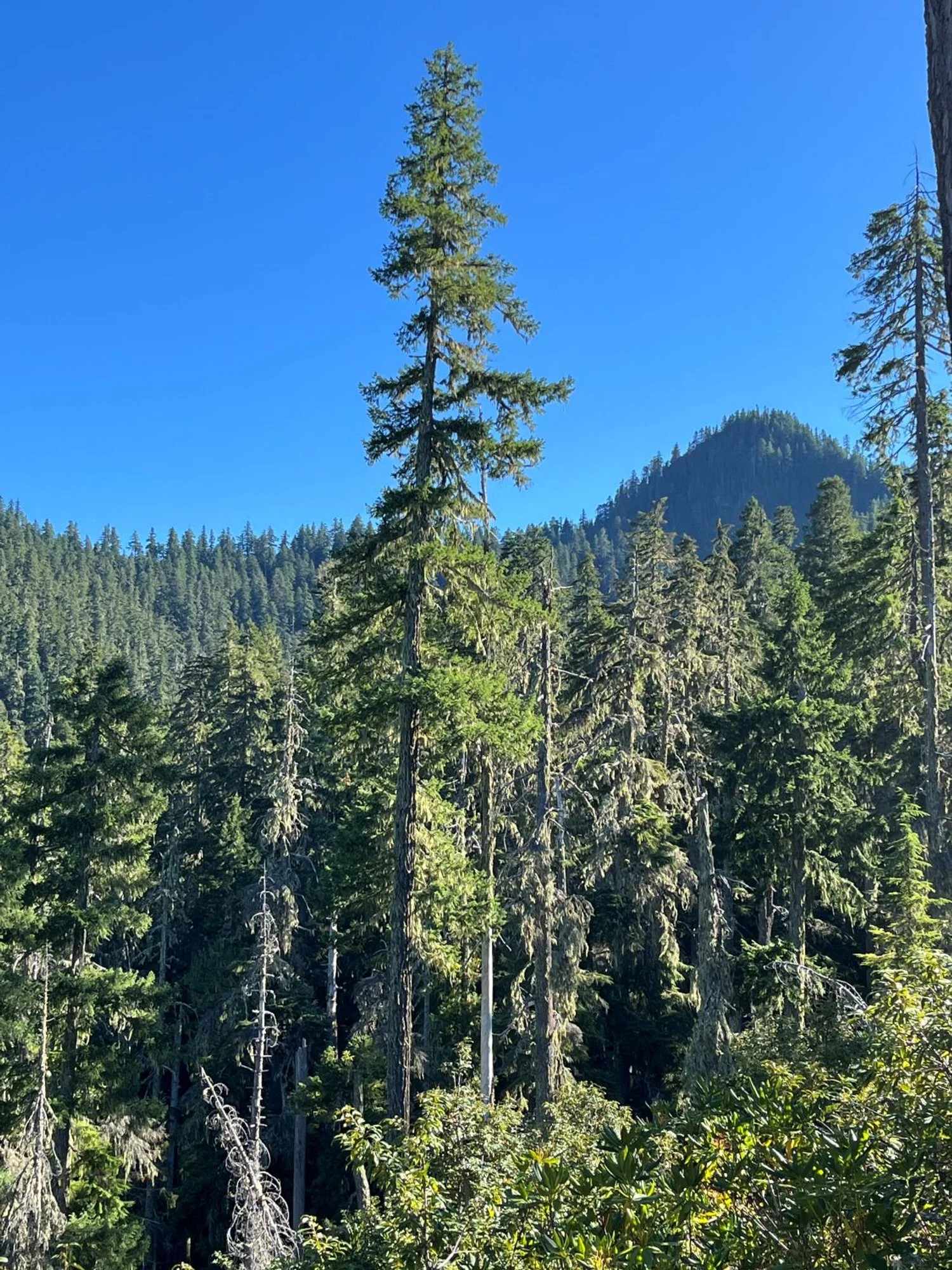
Saddle at the top and Chimney Peak

Graceful redcedar
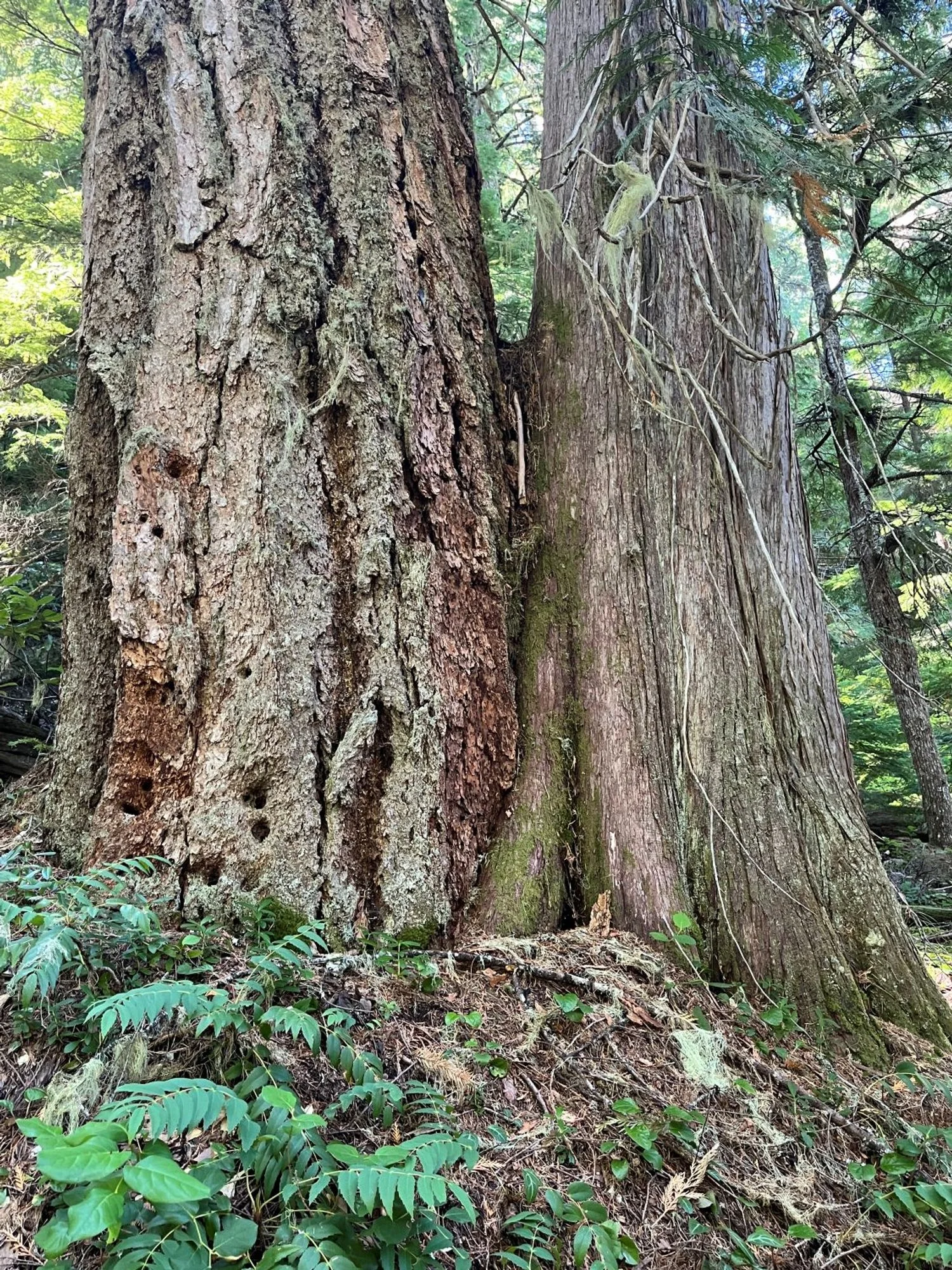
Kissin' cousins
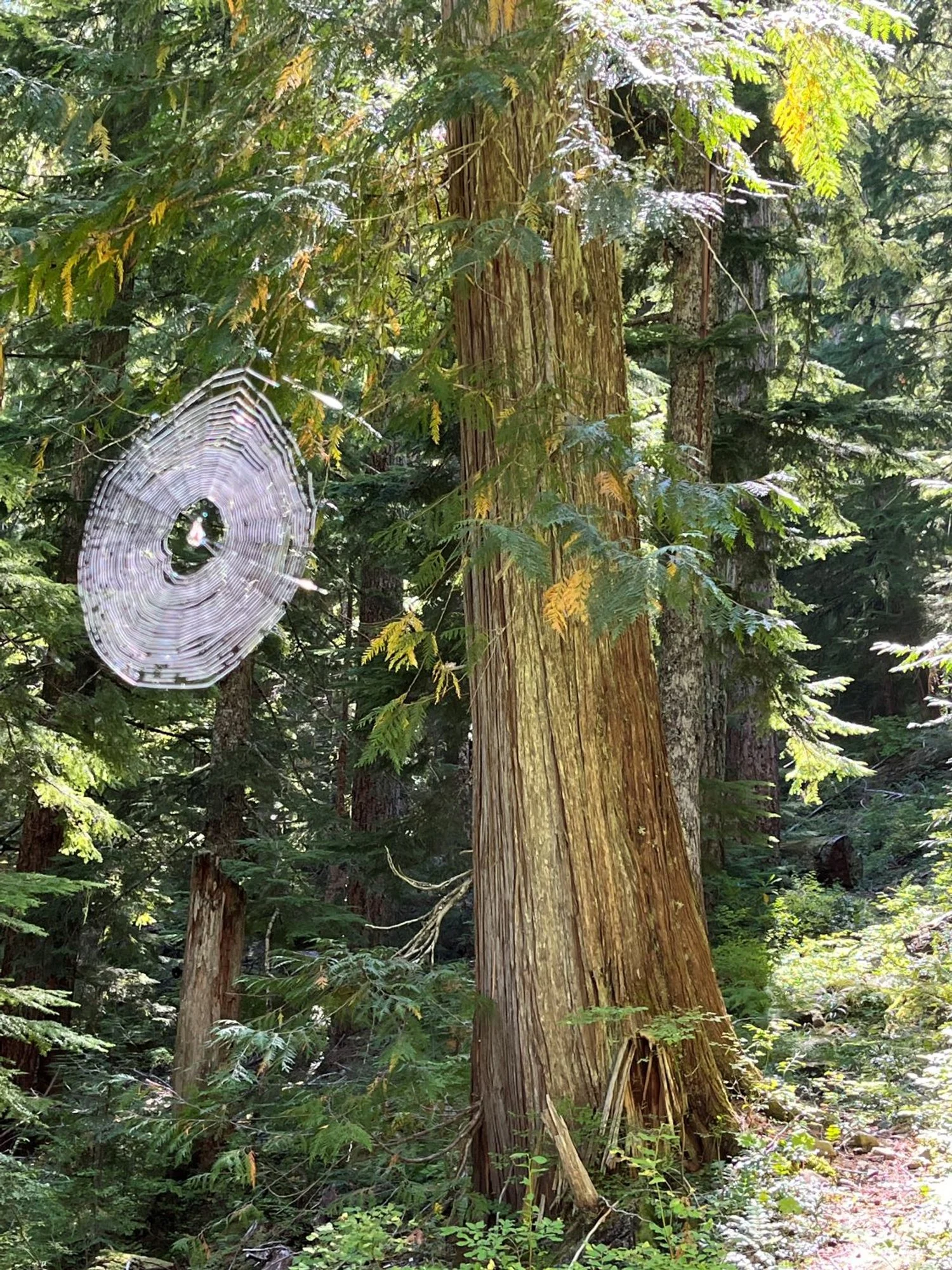
A spider's eye view

Large western hemlocks
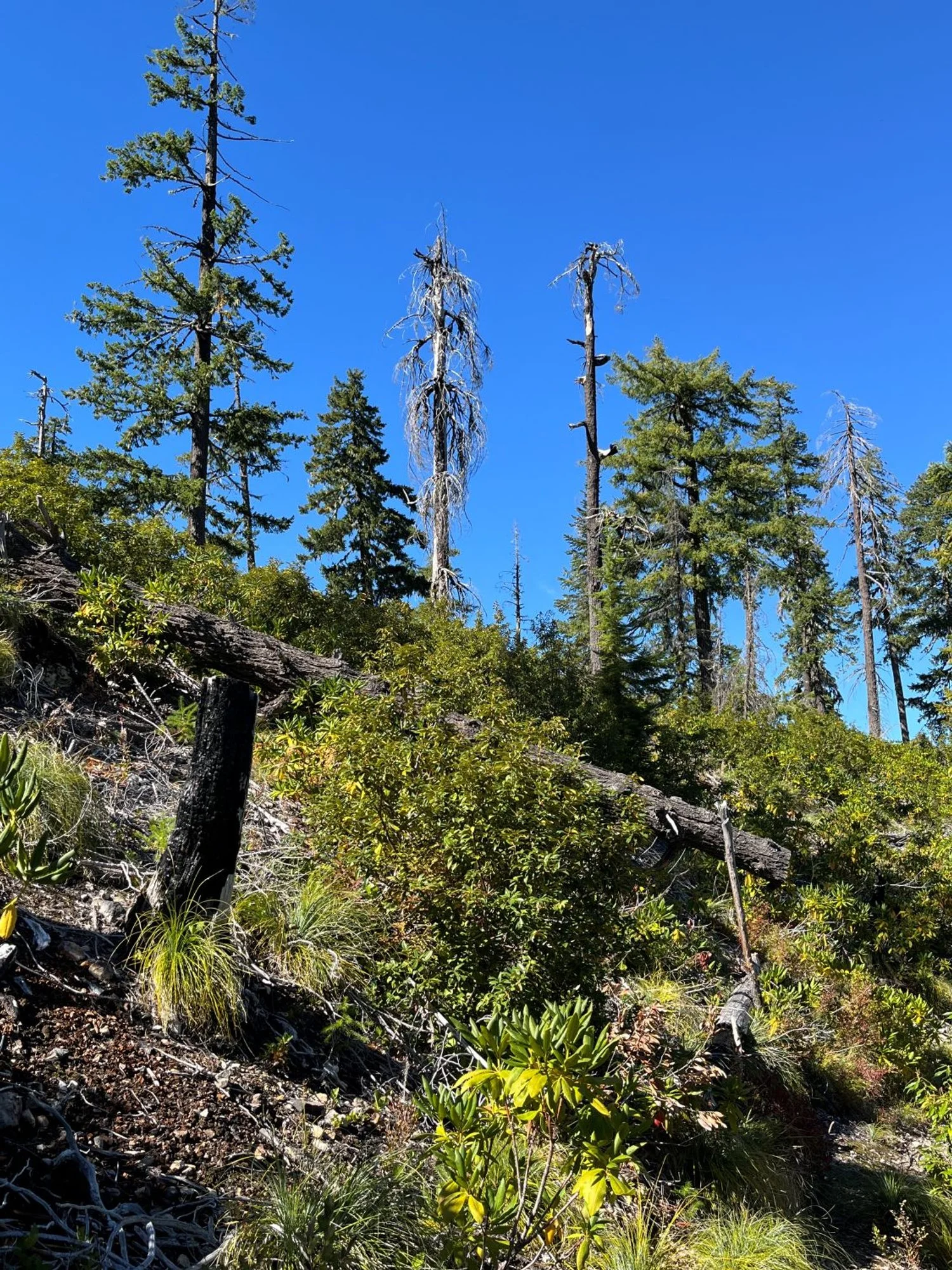
Recent fire (2020)

Hemlocks along the trail
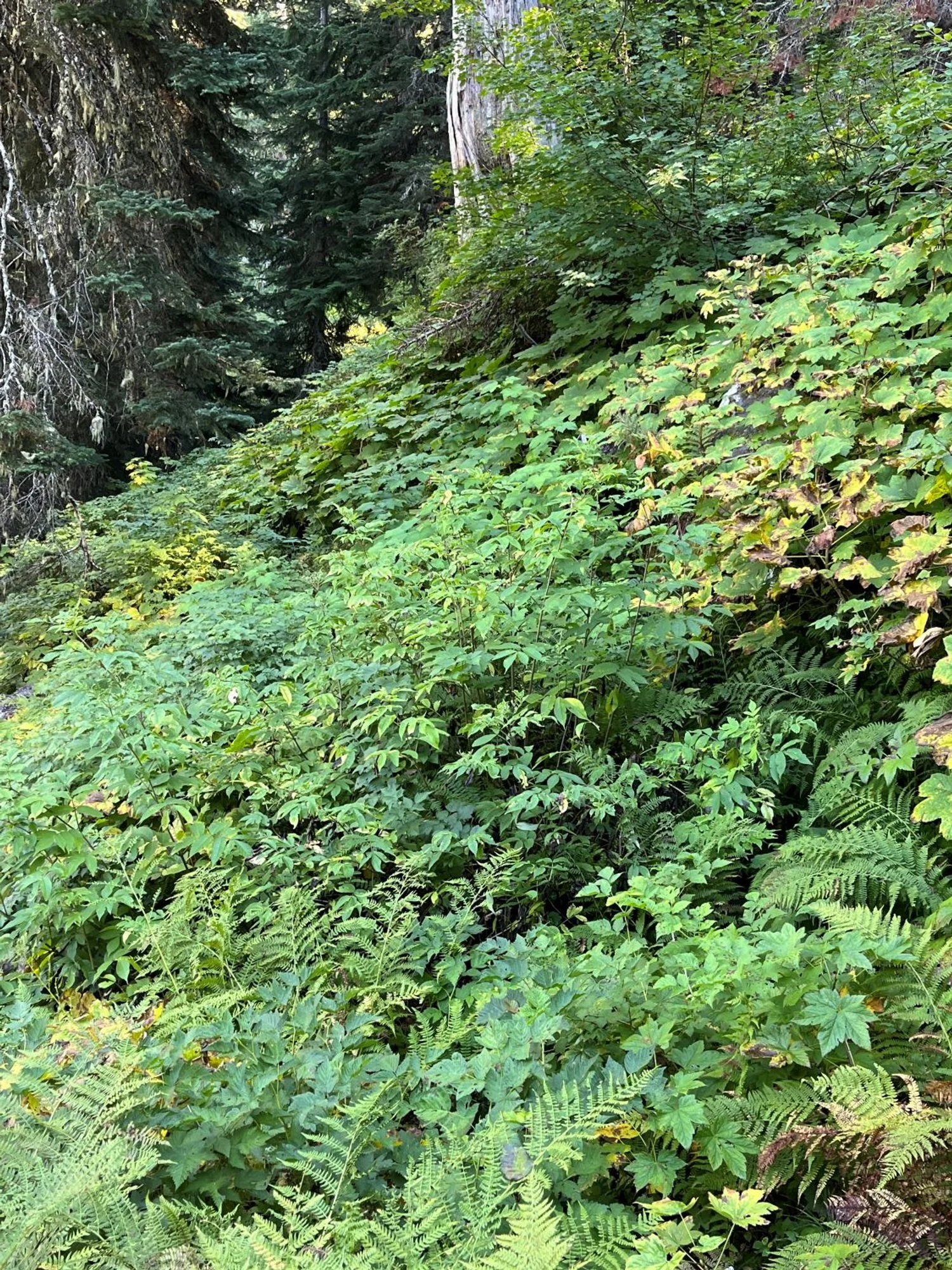
There's a trail in there
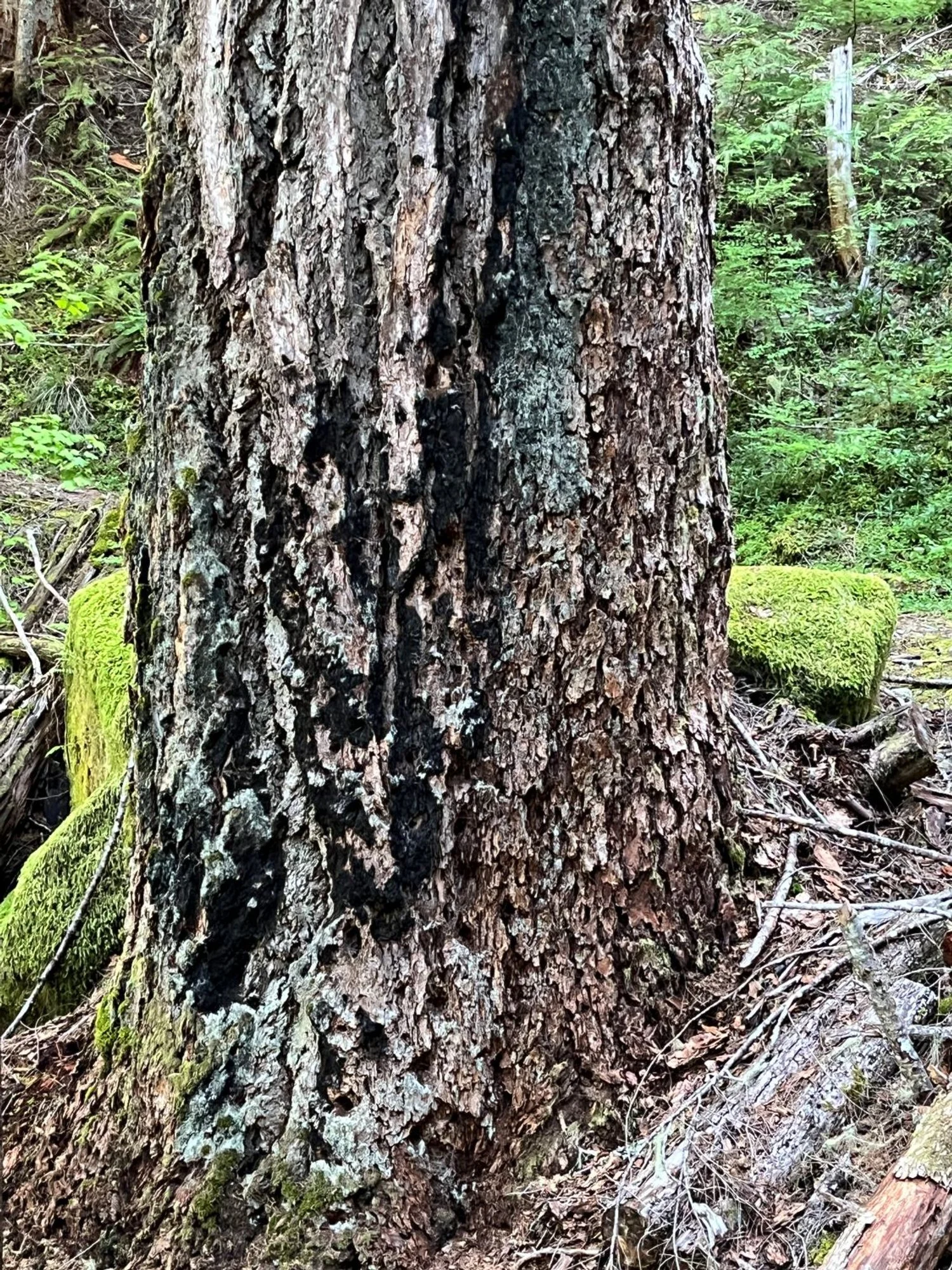
Fire-scorched Douglas-fir
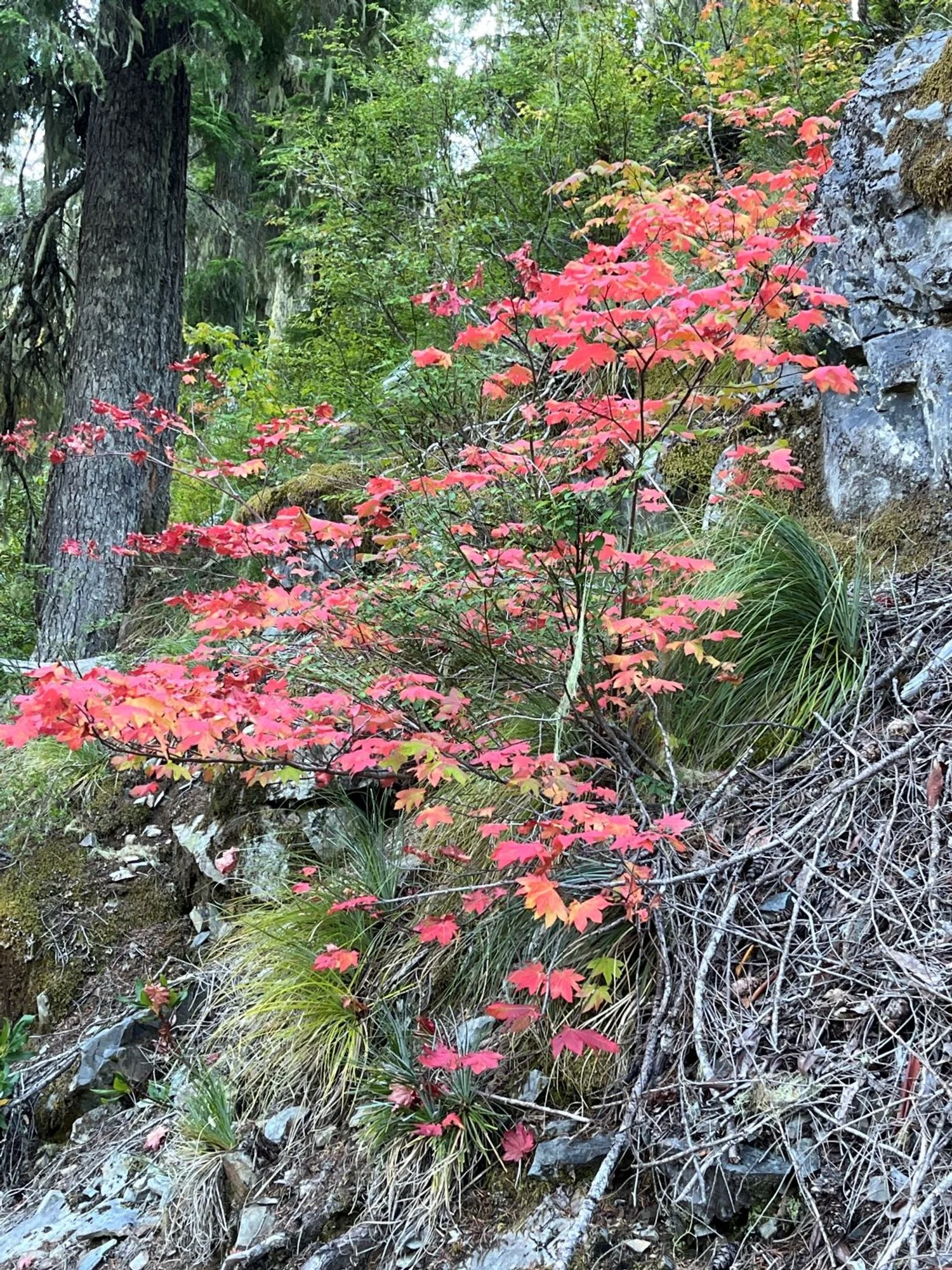
Fall color
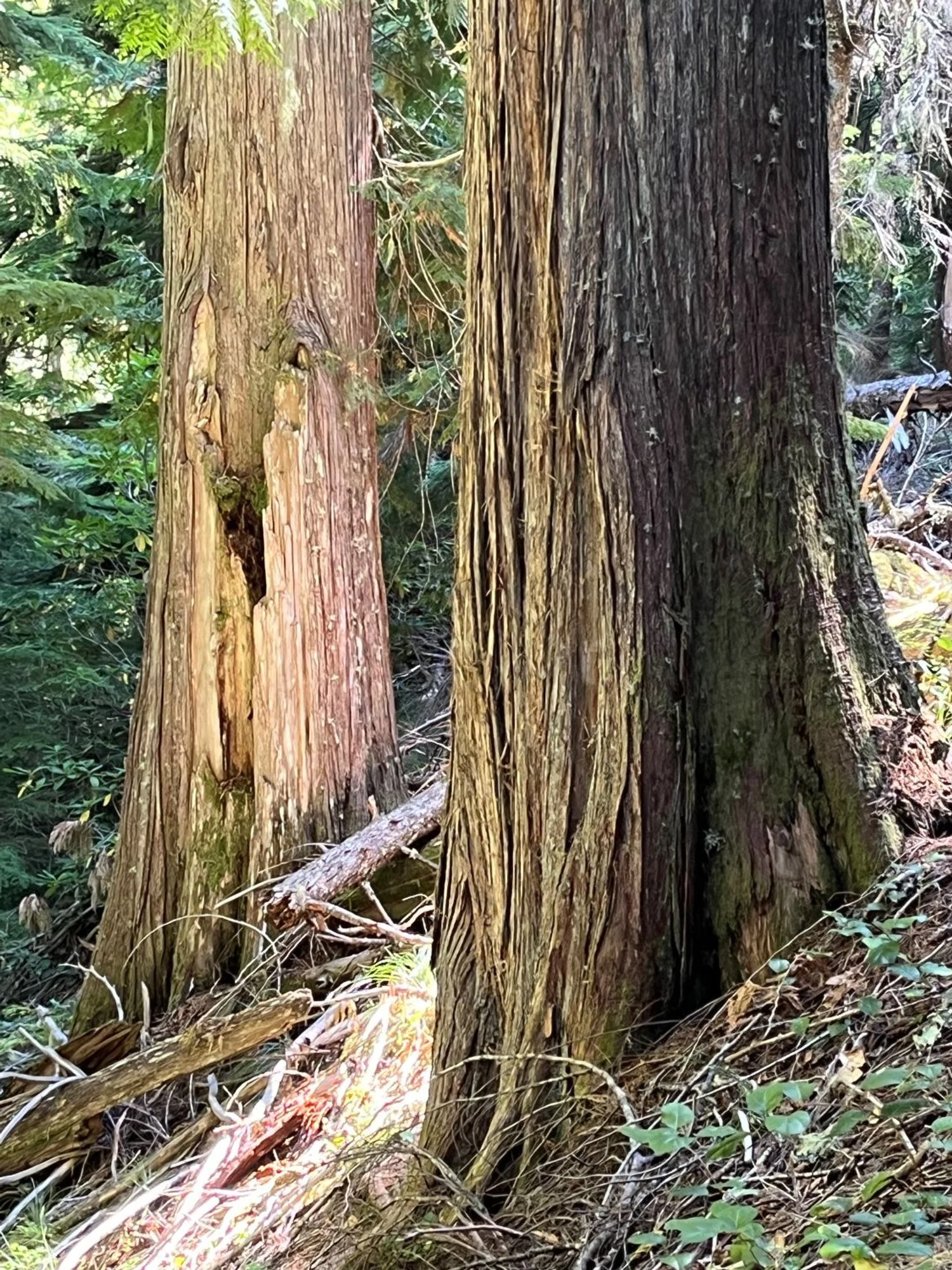
Western redcedars
